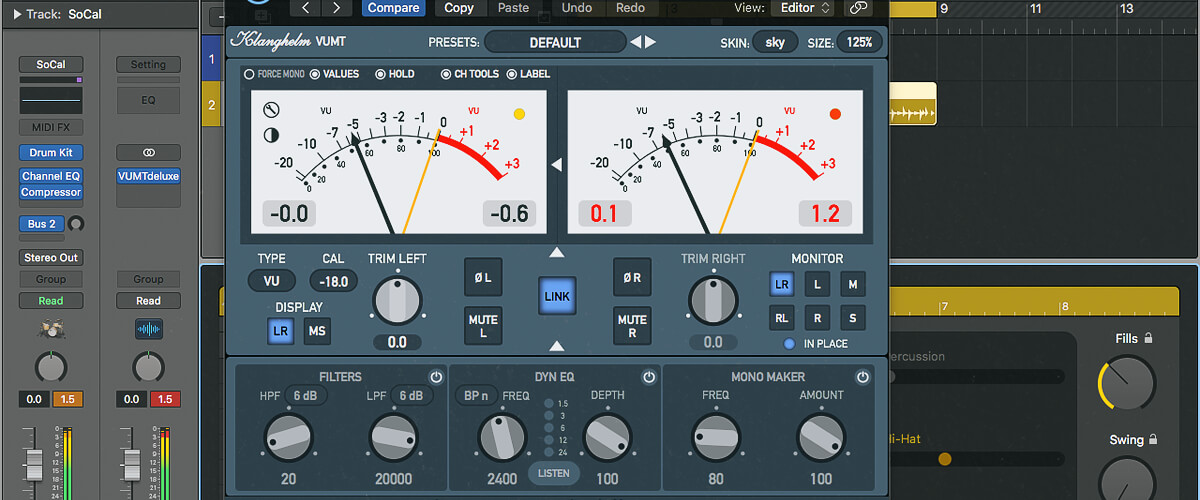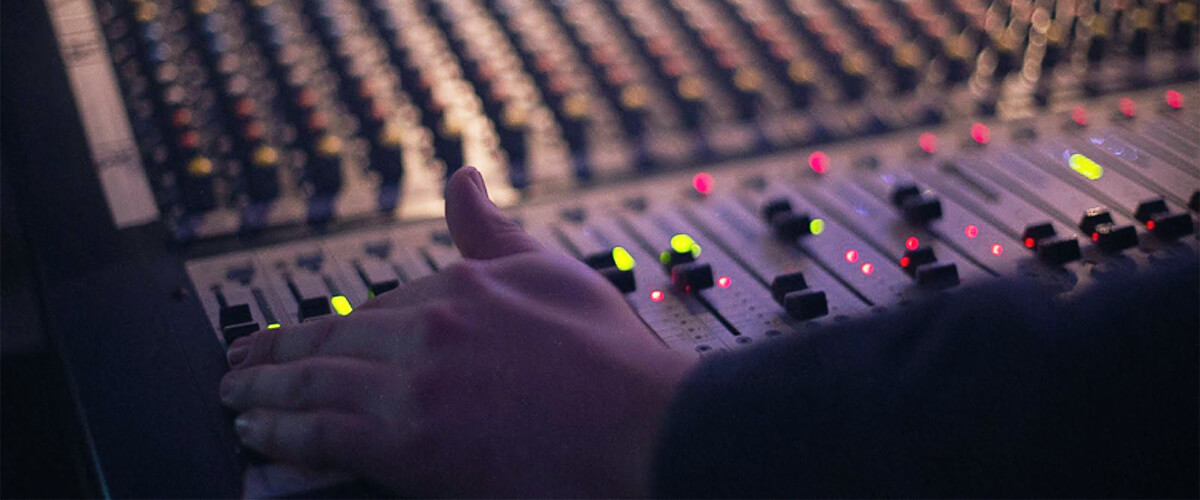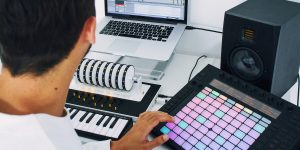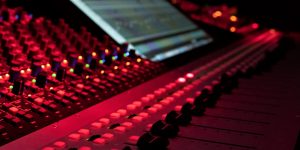Have you ever wondered why your music sounds better at some volumes than others? Well, you can thank “gain” for that. If you immediately started questioning “what is gain in audio” and “how can I use” it, then I’m here to answer each of those issues. Let’s get to the details.
What is gain?

So, what does gain do? Well, gain is like the volume control but with a bit more finesse. It’s the level of amplification applied to your audio signal. For instance, in a microphone preamplifier, turning up the gain increases the sensitivity of the microphone. So, it’s an essential gimmick for recording the nuances of vocals or acoustic instruments.
Audio engineers often express gain in decibels (dB). A higher dB value means a higher signal gain. If you’re recording a quiet acoustic guitar, adding 20 dB of gain can make it audible and clear. Cranking it to 60 dB might introduce unwanted noise and distortion.
Amplification can significantly influence the tone of your sound. Consider an electric guitar. In an amplifier, adjusting the amplification knob controls the amount of distortion. A bit of properly selected amplification and it might sound clean and pristine. Too much, and you’re in the realm of heavy distortion. The main challenge is to find the right balance.
Want a simple example? Imagine you’re a chef adding spices to a dish – too much or too little, and the taste is off. Similarly, improper gain settings can result in audio that doesn’t quite hit the right notes. So, gain in music isn’t just about making things louder.
Gain vs. volume
It’s a common misconception that gain and volume are interchangeable terms. Let me tell you what is the difference between gain and volume and why you shouldn’t confuse the two.
- Imagine you’re recording a podcast using a microphone. Adjusting the gain on the preamp controls how well it picks up your voice. Too little amplification and your voice may barely register; too much, and it could capture background noise or even distort your voice.
- Now, let’s talk about volume. This is what most people typically associate with loudness. Picture a speaker dial or the volume control on your phone or TV remote. When you increase the volume, it amplifies the audio that’s already been recorded or generated. Volume affects how loud or quiet the sound is when it reaches your ears, but it doesn’t change the initial sensitivity of the source.
To draw a parallel, imagine you’re a photographer. Audio gain is akin to adjusting the camera’s ISO setting to capture more or less light, while volume is like adjusting the playback volume of the pictures on your computer. You can make them appear brighter or softer, but you’re not altering the exposure at which they were originally taken.
Gain staging

At this point, I wish to elaborate on one of the most important aspects of audio production: gain staging. At its core, it is all about maintaining the balance between your audio source and unwanted noise.
- Let’s kick things off with where it all begins: recording. At this stage, nailing the right amplification levels on your preamps or audio interface is absolutely crucial. If your boost is too high, you’ll invite unwanted noise and distortion to the party. Too low, and your audio might get lost in the noise.
- Now, onto mixing. Think of it like adjusting the volume knobs on different instruments in a band. You want everything to sound just right, not too loud or soft. Amplification control usually comes to my rescue in this case. This helps me get a clean and balanced mix.
- Even when you’re enjoying your favorite tunes on your headphones or speakers, gain staging plays a role. Trust me, a well-gain-staged track will deliver a more immersive and enjoyable listening experience.
Now, it’s time to recap everything I’ve outlined above. Understanding and using amplification can seriously upgrade your audio work. It keeps a clean signal-to-noise ratio, slashing unwanted background noise. Distortion is tamed, giving you more room for volume and dynamics. That means your audio can be bold and subtle, without fuzz or mess. It’s what separates amateur audio from that pro, crystal-clear quality.
We are supported by our audience. When you purchase through links on our site, we may earn an affiliate commission at no extra cost to you.
Our newsletter
* We will never send you spam or share your email with third parties









